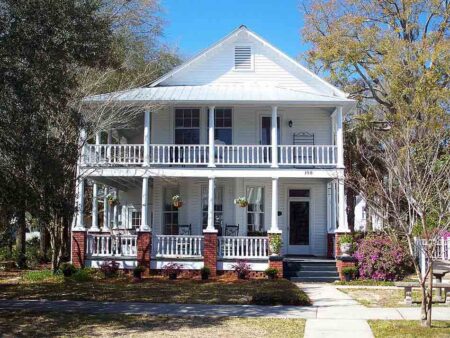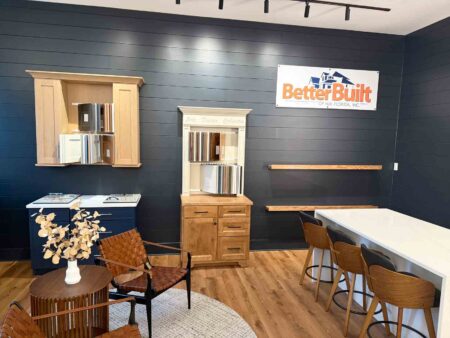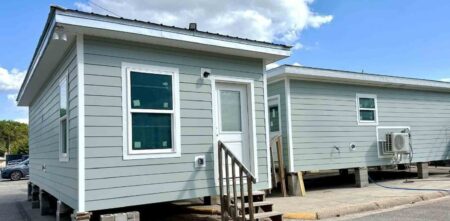Timing is critical when it comes to weed control. The mistake most homeowners make is to wait too late to treat winter weeds. If you plan to use a preemergence herbicide in your lawn to control winter annual weeds, you need to apply the product during October when nighttime temperatures drop to 55° to 60° for several consecutive nights.
Most winter weeds are annuals. Common winter annual weeds include annual bluegrass (Poa annua), chickweed, henbit, hop clover, lawn burweed and wild geranium.
These and other winter annual weeds germinate from seeds during fall as the soil temperature cools and the day length shortens. The seedlings usually go unnoticed but continue to slowly grow through the colder winter months. Approaching spring, as the day length becomes longer and the soil temperature warms, these previously inconspicuous weeds put on a growth spurt.
During February and March, the winter annual weeds become very noticeable in our North Florida lawns. They quickly begin producing many flowers followed by thousands of tiny seeds. By late spring or early summer with the onset of higher air temperatures, the parent plants die. But they’ve left behind multitudes of seeds. These will last the hot summer months dormant in your lawn awaiting the cooler temperatures of autumn to begin the next generation. This is the cycle of life for these winter weeds.
You should now see why timing is important when controlling these weeds.
If you have a history of problems with winter annuals in your lawn, attempt control measures before the weeds go to seed. If you intend to use a preemergence herbicide, apply it during October, just before the winter weeds germinate.
For season-long weed control, a second application should be made about six to nine weeks after the initial application, based on the label instructions.
More information is available on lawn weed control through the UF/IFAS Extension Office in your County or online through the following link. https://edis.ifas.ufl.edu/pdffiles/EP/EP14100.pdf
Plant Clinic
A plant clinic will be held Friday, October 9 from 10 a.m. to 1 p.m. in Fort Walton Beach at the Okaloosa County Extension building, 127 W. Hollywood Boulevard.
The plant clinic is designed to provide a place and time for people to bring in samples of plants for diagnosis, including weeds for identification.
Bring to the plant clinic a fresh sample of the weed, plant, insect, etc. This may include a plant stem with several leaves, a 4-inch square of grass with roots attached, etc. You may also bring a sample of your soil for pH testing.
Larry Williams, UF/IFAS Extension Agent, Okaloosa County, October 2, 2015




